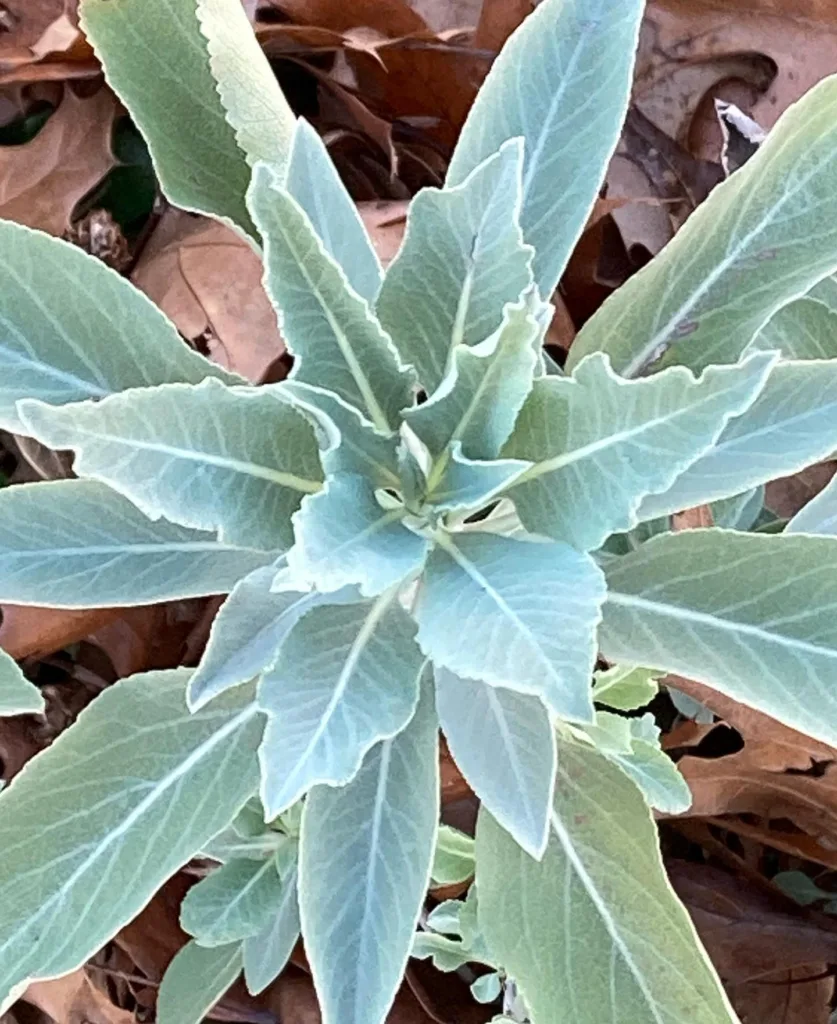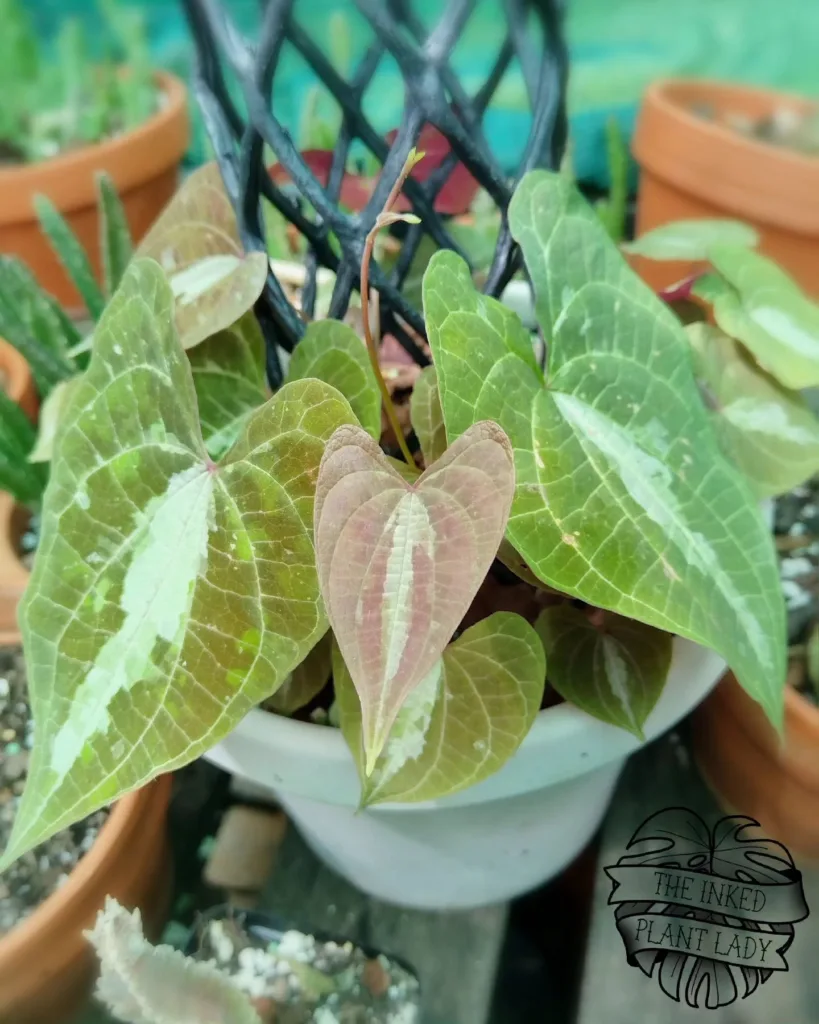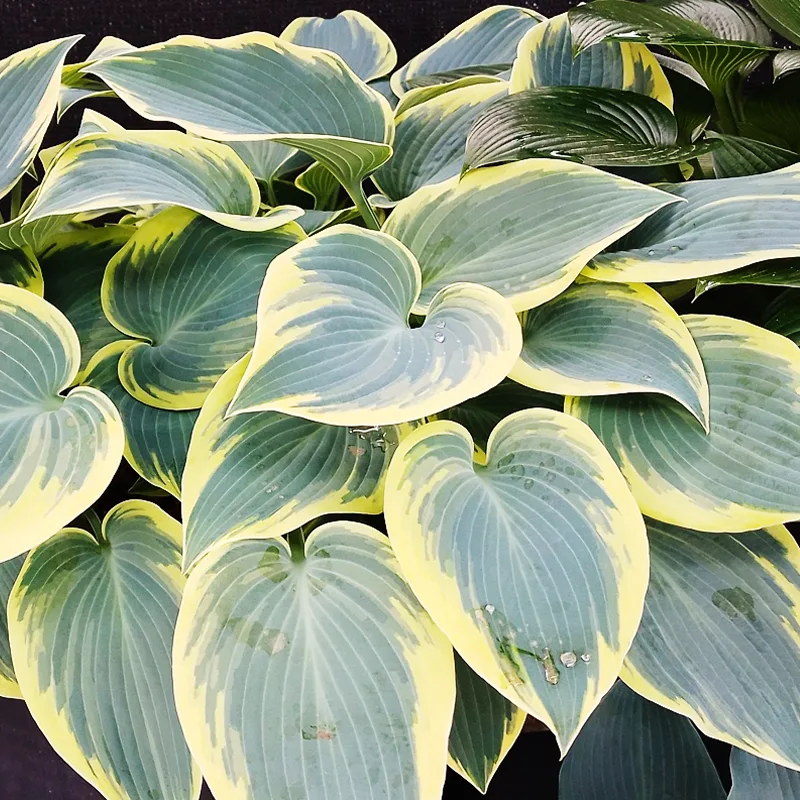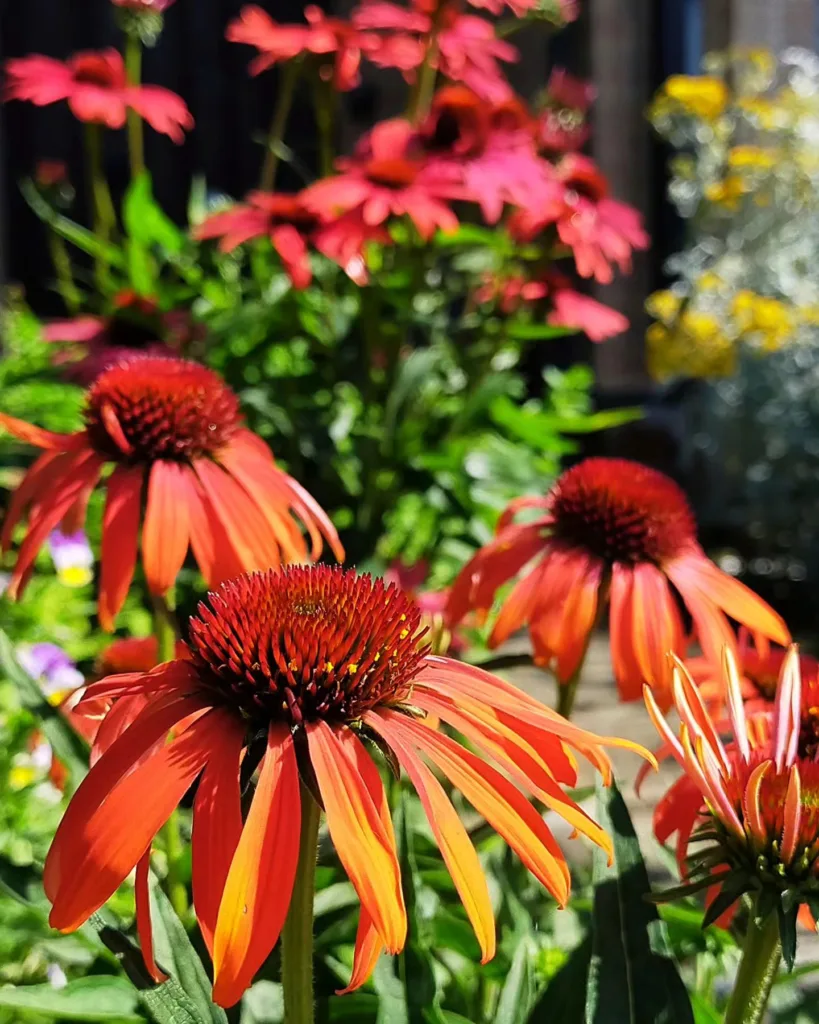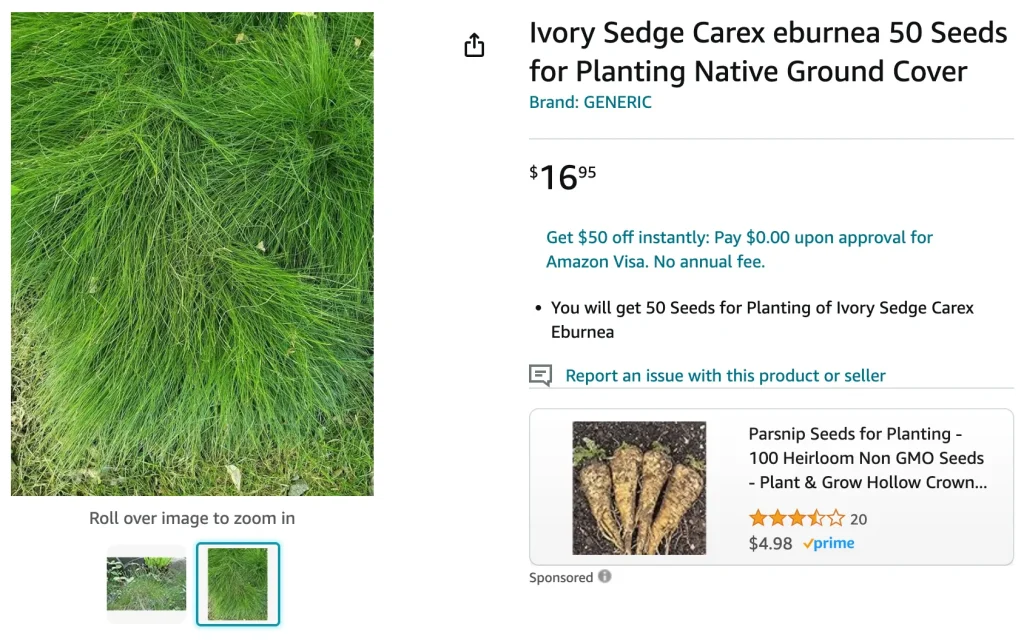
Frequently Asked Questions About Carex Eburnea
Carex Eburnea, commonly known as the Ivory Sedge, is a charming perennial that adds a touch of elegance to any garden. Here’s everything you need to know about this beautiful plant.
2324 Species in Genus Carex
What is Carex Eburnea?
Carex Eburnea, or Ivory Sedge, is a deciduous grass-like plant native to North America. It features narrow, arching leaves that have a distinctive ivory-white midrib. This sedge grows in clumps and reaches a height of about 8 to 12 inches, making it an ideal choice for ground cover or edging. Its subtle beauty and adaptability make it a favorite among gardeners.
How to Care for Carex Eburnea?
Caring for Carex Eburnea is relatively straightforward, and it thrives with minimal attention. Here’s a breakdown of its care requirements:
- Light: This plant prefers partial to full shade. It can tolerate some morning sun, but too much direct sunlight may scorch its leaves.
- Soil: Carex Eburnea enjoys well-draining, moist soil. It’s adaptable to various soil types but does best in loamy or sandy soil.
- Watering: Regular watering is crucial, especially during dry periods. Keep the soil consistently moist, but avoid waterlogging.
- Temperature: This sedge is hardy and can withstand a range of temperatures. It’s suitable for USDA hardiness zones 4 to 8.
- Fertilizing: Fertilize sparingly. An annual application of a balanced, all-purpose fertilizer in the spring should suffice.
- Pruning: Regularly remove any dead or damaged leaves to maintain its tidy appearance. In early spring, before new growth begins, cut back any old foliage to make way for fresh shoots.
How to Propagate Carex Eburnea?
Propagating Carex Eburnea is quite easy and can be done through division:
- Timing: The best time to divide the plant is in early spring or late summer.
- Method: Gently lift the clump with a garden fork. Divide the root ball into smaller sections, ensuring each section has roots and healthy foliage.
- Replanting: Replant the divided sections in well-prepared soil, spacing them about 6 to 12 inches apart.
- Care: Water the newly planted sections thoroughly and keep the soil moist as they establish.
What to Plant With Carex Eburnea?
Carex Eburnea pairs beautifully with a variety of plants. Consider combining it with:
- Hostas: Their bold foliage contrasts nicely with the delicate appearance of Carex Eburnea.
- Heucheras: The vibrant colors of Heuchera foliage complement the understated elegance of Ivory Sedge.
- Astilbes: The feathery blooms of Astilbe provide a lovely contrast to the grass-like leaves of Carex Eburnea.
- Ferns: The soft, lacy fronds of ferns enhance the overall texture and create a lush, woodland feel.
Is Carex Eburnea Toxic?
No, Carex Eburnea is not toxic to humans or pets. It is a safe plant to have around children and animals. However, as with any plant, it’s always best to keep an eye on pets to ensure they don’t chew on plants.
Benefits of Carex Eburnea
- Low Maintenance: Its minimal care requirements make it an excellent choice for busy gardeners.
- Versatile: It works well in various garden settings, including shaded areas and under trees.
- Year-Round Interest: The foliage provides texture and color throughout the growing season and into winter.
- Erosion Control: Its dense growth helps stabilize soil, making it a good choice for erosion-prone areas.
Common Problems with Carex Eburnea
- Root Rot: Overwatering or poorly-drained soil can lead to root rot. Ensure proper drainage and avoid waterlogging.
- Leaf Spot: This can occur in overly wet conditions. Improve air circulation and remove affected leaves.
- Pests: While generally pest-resistant, watch out for slugs or snails that may be attracted to the foliage.
Comparing Carex Eburnea to Similar Plants
Carex Eburnea is often confused with other sedges like Carex Pennsylvanica or Carex Morrowii. Here’s how they differ:
- Carex Pennsylvanica has a similar appearance but is generally smaller and prefers drier conditions.
- Carex Morrowii, or Japanese Sedge, has broader leaves and is more tolerant of full sun.
In conclusion, Carex Eburnea is a versatile and attractive plant that can enhance any garden space. Its ease of care, combined with its aesthetic appeal, makes it a valuable addition to both shade and woodland gardens.
If i die, water my plants!
